It’s a terrific cast: Tom Hardy as Brooklyn bartender Bob Saginowski (a bit of a doofus with a weakness for stray dogs); the late James Gandolfini as Bob’s cynical cousin Marv, who runs the bar; Noomi Rapace as Bob’s scarred and streetwise love interest; Matthias Schoenaerts as a menacing psycho and John Ortiz as a smart, smooth-talking cop.
It’s a tense, top-notch script, written by neo-noir stalwart Dennis Lehane based on his short story called “Animal Rescue,” and it’s well directed by Michaël R. Roskam. The “drop” refers to cash bundles that are left surreptitiously at bars and kept safe until mobsters stop by to collect them. When Marv’s bar is robbed and the gangsters’ cash seized, a series of double-crosses and brutalities ensues.
These characters live and breathe before us – Gandolfini in particular easily inhabits a guy who wants the Christmas decorations in his bar down by December 27, who knows which whiskey will seal a deal and who unwinds by parking himself in front of a mindless TV show.
It’s a good-looking film, capturing the feel of a bleak midwinter, shot by cinematographer Nicolas Karakatsanis.
With much in its favor, the entertaining “The Drop” isn’t a great film because the storytelling becomes a bit too convoluted, there are too many questions left unanswered by the end. It feels like something is missing – perhaps the layers of Bob’s character have not been peeled back far enough.
Still, “The Drop” is a thoughtful, mesmerizing, sometimes funny fall into neo-noir darkness.
For some couples, the honeymoon phase might last months, even years. Not so much in the creepy sci-fi flick “Honeymoon,” an impressive effort from first-time director and co-writer Leigh Janiak.
For Brooklynite newlyweds Paul and Bea, ensconced at an idyllic lake cottage far from the city, tenderness and romance are quickly replaced by tension, then terror.
At first, of course, everything seems perfect. Bea (played by Rose Leslie of “Game of Thrones” and “Downton Abbey”) chirpily recites the couple’s dating rituals and the cherished moment Paul (Harry Treadaway of “The Lone Ranger”) proposed. They can’t keep their hands off each other.
Several hours later, late at night, Bea wanders off alone. Paul finds her and brings her back to the cottage. It soon dawns on him, though, that this version of Bea is not the girl he married and their relationship unravels. Heather McIntosh’s haunting score and crisp cinematography by Kyle Klutz help set the uneasy, eerie mood.
Rooted in psychological fear and grounded with solid performances, the film asks how well we can really know anyone, even those to whom we are intimately attached. As Treadaway put it at a recent press day: “The very process of committing to someone – you love them with all of yourself and trust them with everything you have – is opening up the possibility of this person breaking that trust or not being the person you hoped they were.”
And few things are more frightening than waking up next to a stranger.
“The Drop” and “Honeymoon” are playing in theaters.
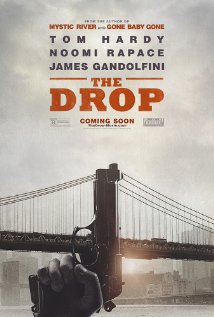
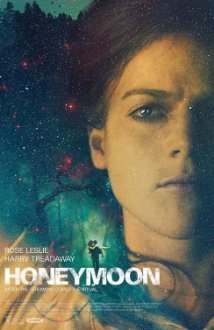





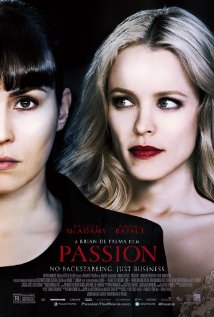
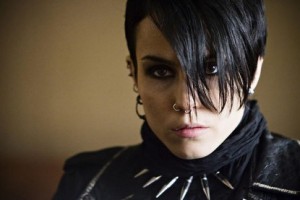
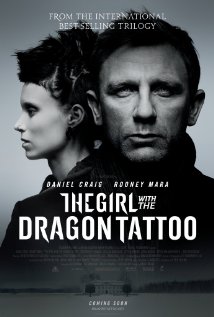





From FNB readers